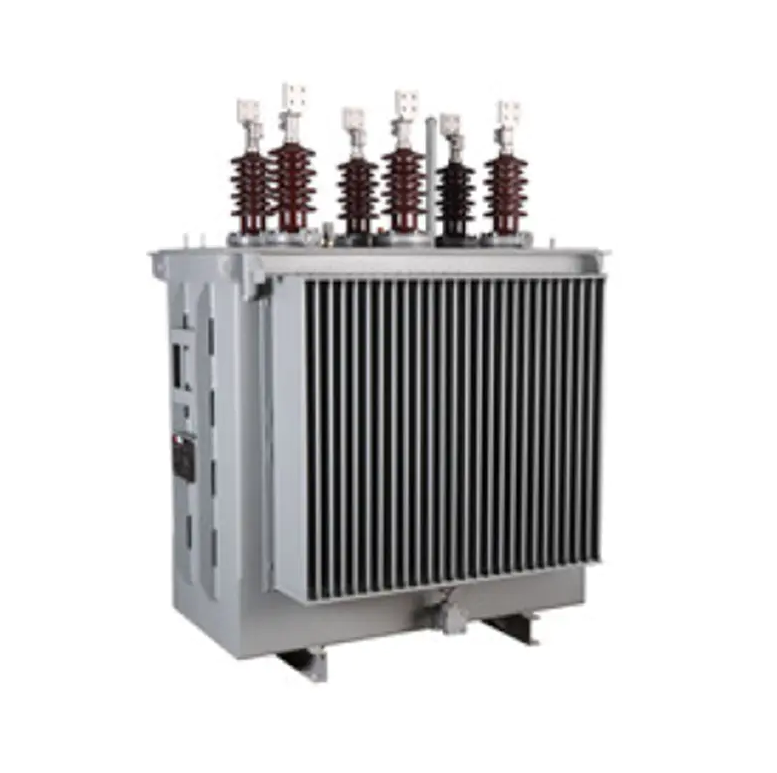How a High Voltage Capacitor Unit Manages Overvoltage and Prevents Explosive Failures

The High Voltage Capacitor Unit is an essential component in power transmission, distribution, and industrial electrical systems, designed to manage reactive power, improve power factor, and stabilize voltage. Given its function in high-energy environments, a critical question often arises: Does a High Voltage Capacitor Unit include explosion protection or overvoltage protection features? The answer is both highly relevant and multi-faceted, as it concerns the operational safety and reliability of these powerful electrical devices.
Modern high-voltage capacitor Units are indeed designed with several integrated safety features, among which explosion protection and overvoltage protection rank as top priorities. Due to their role in storing and releasing significant amounts of electrical energy, capacitors are inherently at risk of failure if subjected to excessive voltage, current, or environmental stress. Such failures, in rare but dangerous cases, can lead to ruptures or explosions if not properly managed.
To mitigate such risks, most high-voltage capacitor Units are constructed with pressure-sensitive internal elements and explosion-proof enclosures. These designs incorporate rupture disks or pressure relief mechanisms that allow the capacitor to vent safely in the event of internal gas buildup or thermal stress. Instead of a catastrophic burst, the unit is designed to fail in a controlled manner, protecting nearby equipment and personnel. The casing materials are typically made from high-strength aluminum or steel, capable of containing internal faults without causing external hazards.
In addition to mechanical safety, overvoltage protection is another integral part of capacitor safety design. Overvoltage conditions—caused by switching surges, lightning, or system faults—can severely degrade dielectric materials within the capacitor. To address this, Voltage Capacitor Units are often paired with surge arresters, fuses, or varistors that clamp or redirect excessive voltage away from the capacitor. Some advanced models also include built-in discharge coils or resistors that handle transient spikes effectively.
The dielectric materials used inside the capacitor also contribute significantly to overvoltage tolerance. For instance, metallized polypropylene film, a common dielectric in high-quality capacitors, has the ability to self-heal minor insulation breakdowns, preventing full-blown internal arcing or failure. This property enhances the capacitor's resilience to overvoltage events.
Additionally, many Voltage Capacitor Units are tested rigorously according to international standards such as IEC 60871, which outlines voltage withstand levels, dielectric strength, and safety protocols. These standards ensure the capacitors can endure short-term overvoltages and continue functioning without degradation. It’s also common practice to incorporate monitoring systems that detect overtemperature or overvoltage conditions and shut down the system proactively before failure occurs.
In conclusion, a properly designed High Voltage Capacitor Unit features comprehensive explosion and overvoltage protection mechanisms. These include physical venting designs, robust enclosure materials, internal fault-containment systems, and coordinated use of external protection devices. Together, these safety layers ensure that the unit not only delivers optimal electrical performance but also operates reliably under harsh conditions without posing a risk to equipment or human life. When selecting a capacitor for high-voltage applications, always ensure that it complies with safety certifications and includes these critical protective features.
Rated Values Range for Assembled High Voltage Capacitor:
Rated Voltage Range: 3kV-46kV
Rated Capacity Range: 600kvar-10000kvar
- Art
- Causes
- Crafts
- Dance
- Drinks
- Film
- Fitness
- Food
- Игры
- Gardening
- Health
- Главная
- Literature
- Music
- Networking
- Другое
- Party
- Religion
- Shopping
- Sports
- Theater
- Wellness


